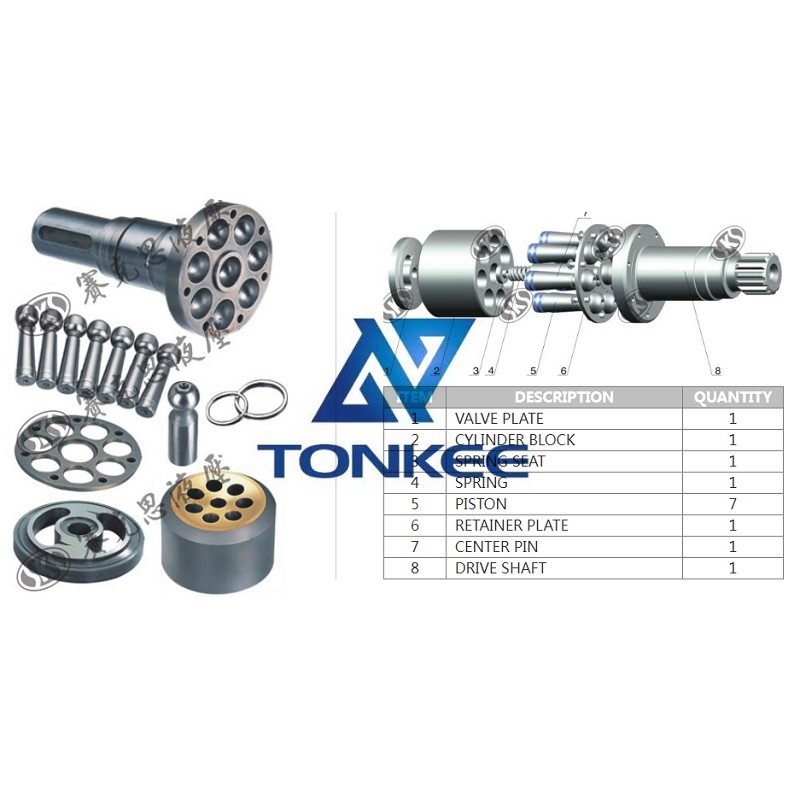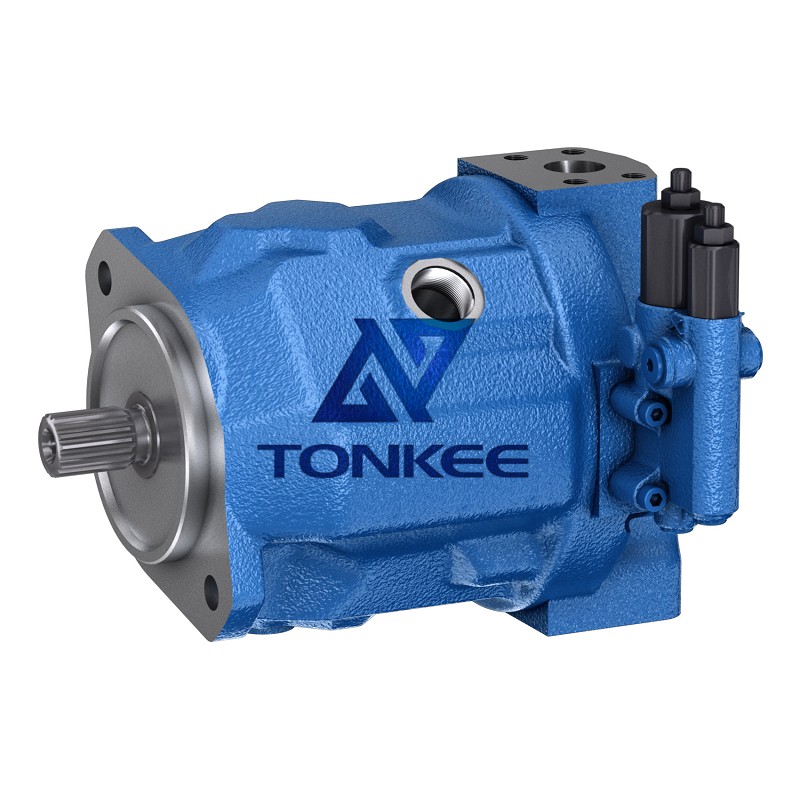
The A2FO32 pump features a cylinder block design, which is the heart of the hydraulic pump.
It consists of a housing that contains multiple pistons arranged in a radial configuration. These pistons move back and forth within their respective cylinders, creating pressure differentials that generate hydraulic power.
With a displacement of 32 cc/rev, the A2FO32 pump provides a consistent and high-flow output. This displacement value indicates the amount of fluid the pump can deliver per revolution of the cylinder block. The higher the displacement, the greater the flow rate and power output of the pump.
One of the key advantages of the A2FO32 pump is its high efficiency. It incorporates advanced design features and precision manufacturing to minimize internal leakage, resulting in improved overall efficiency. This efficiency not only reduces energy consumption but also enhances the performance of the entire hydraulic system.
The A2FO32 pump is designed to operate at pressures up to 400 bar, enabling it to handle demanding applications that require high-pressure hydraulic power. Its robust construction and quality materials ensure reliable performance even in harsh operating conditions, making it suitable for heavy-duty applications.
Furthermore, the A2FO32 pump offers excellent controllability. It can be easily integrated into a hydraulic system and works in conjunction with control valves and other components to provide precise and responsive control over the hydraulic power. This feature allows operators to achieve accurate and smooth movements, enhancing productivity and safety.
The pump is compatible with a wide range of hydraulic fluids, including mineral oils, biodegradable fluids, and synthetic fluids, providing flexibility in system design and operation.
It also incorporates advanced sealing technology to prevent fluid leakage and maintain the integrity of the hydraulic system.
In terms of maintenance, the A2FO32 pump is designed for easy servicing. It features modular construction, allowing quick replacement of individual components such as seals and bearings. This reduces downtime and lowers maintenance costs, ensuring maximum uptime for the hydraulic system.





 English
English português
português Русский язык
Русский язык










